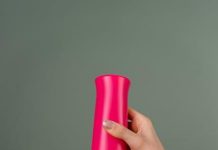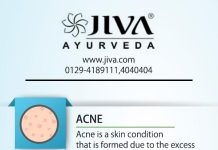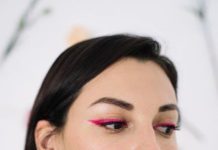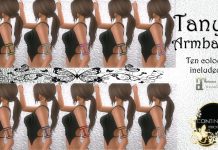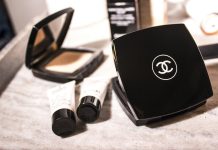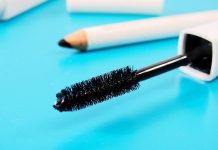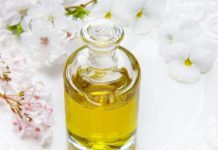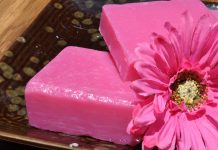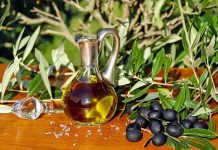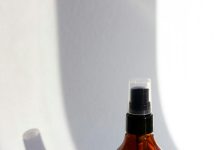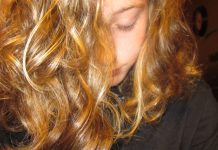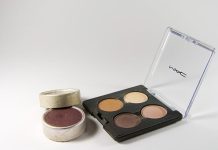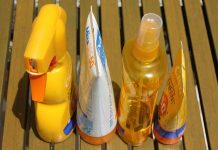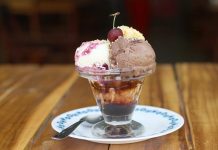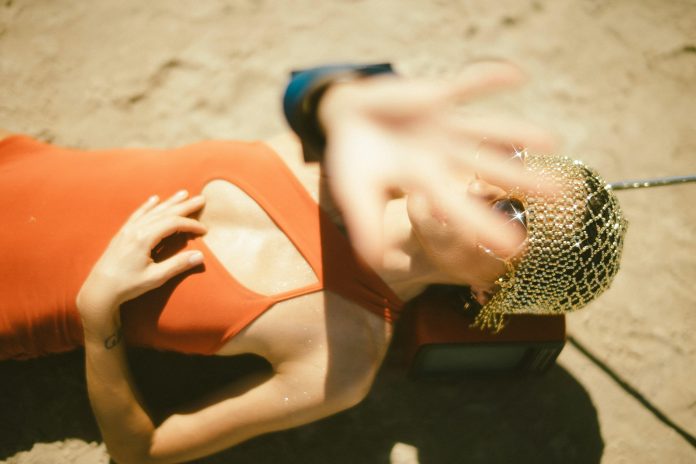In the realm of hair care, the allure of sleek, styled locks often dances in tandem with the specter of heat damage. As the sizzle of straighteners and the whirl of curling wands become daily rituals for many, a pivotal question emerges: should you abandon heat styling altogether in the quest for healthier hair? This article delves into the intricate balance between beauty and health, exploring the pros and cons of heat styling, and offering insights into achieving luscious locks without compromising their vitality. Join us as we unravel the heated debate and discover whether the path to healthier hair lies in embracing the natural or mastering the art of moderation.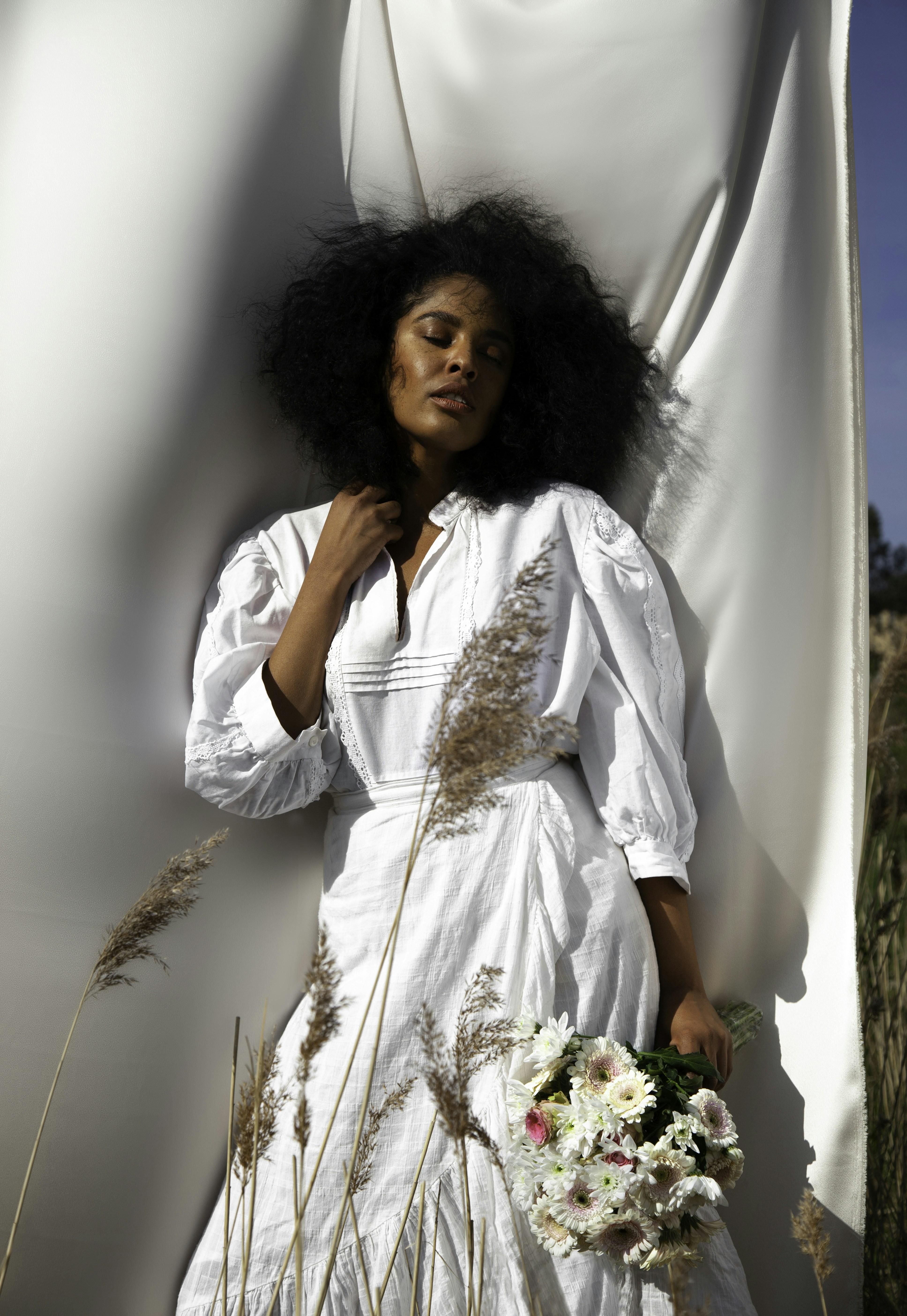
Understanding the Impact of Heat on Hair Health
Heat styling tools like blow dryers, curling irons, and straighteners can transform your hair into stunning styles, but they can also cause significant damage. High temperatures can weaken the hair shaft, leading to issues such as dryness, breakage, and split ends. Over time, this can strip your hair of its natural moisture and proteins, leaving it dull and lifeless.
To mitigate these effects, consider incorporating the following practices into your routine:
- Use a heat protectant: Always apply a thermal protection spray or serum before using any heat styling tools.
- Opt for lower temperatures: Adjust your tools to the lowest effective heat setting to minimize damage.
- Limit frequency: Try to reduce the number of times you use heat styling each week to allow your hair time to recover.
- Embrace air drying: Whenever possible, let your hair dry naturally to give it a break from heat exposure.
By taking these steps, you can enjoy the benefits of heat styling while still prioritizing the health of your hair.
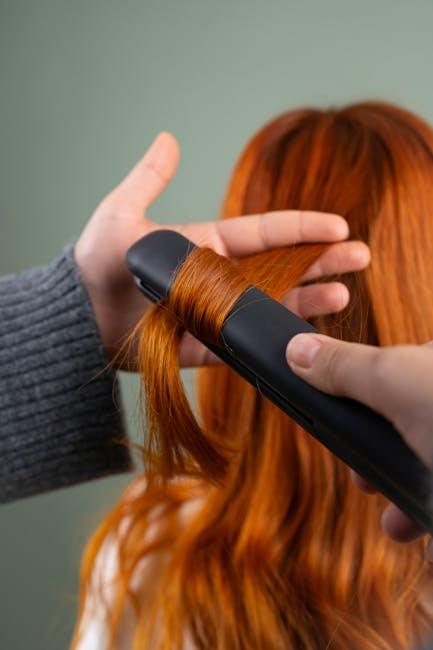
Exploring Alternatives to Traditional Heat Styling
For those seeking to maintain their hair’s health without completely abandoning styling, there are numerous innovative options to consider. Embracing heat-free techniques can not only reduce damage but also add versatility to your hair routine. Here are some creative alternatives:
- Air Drying: Allow your hair to dry naturally for a more relaxed, textured look. Enhance it with lightweight styling products to add volume or control frizz.
- Wrap Styles: Use fabric or satin wraps to create curls or waves overnight. This method is gentle and can produce stunning results without the need for heat.
- Braiding: Braiding damp hair can lead to beautiful, natural waves. Experiment with different braid styles to achieve varying wave patterns.
- Velcro Rollers: These can be used to add volume and shape to your hair without the risk of heat damage. Simply roll damp hair and let it set.
Experimenting with these techniques can lead to discovering styles that not only protect your hair but also enhance its natural beauty. Embrace the journey of finding what works best for you!
The Science Behind Heat Damage and Hair Resilience
Understanding the interaction between heat and hair is crucial for anyone considering heat styling. When hair is exposed to high temperatures, the cuticle—the outer layer—can become damaged, leading to a loss of moisture and elasticity. This process weakens the hair shaft, making it prone to breakage and split ends. Keratin proteins in the hair structure can also degrade under excessive heat, diminishing the natural resilience and shine of your locks.
However, hair isn’t entirely defenseless. It has a natural ability to withstand some level of heat due to its protein-rich composition. Here are a few factors that contribute to hair resilience:
- Natural Oils: These act as a protective barrier, helping to lock in moisture and add a layer of defense against heat.
- Hair Type: Coarser hair textures often possess greater heat tolerance compared to finer strands.
- Conditioning Treatments: Regular use of conditioners and masks can fortify the hair, enhancing its ability to resist heat damage.
Incorporating heat protectants and adjusting the temperature settings on styling tools can also make a significant difference in maintaining hair health while enjoying the versatility of heat styling.

Practical Tips for Minimizing Heat Exposure
For those who love their styling tools but wish to keep their hair healthy, here are some clever ways to reduce heat exposure. First, consider embracing air drying whenever possible. If time is of the essence, use a blow dryer on a cool setting. Investing in high-quality tools with adjustable temperature settings can make a world of difference. Always start at the lowest heat and gradually increase only if necessary.
- Heat Protectant Products: Apply a heat protectant spray or serum before styling. These products create a barrier, minimizing potential damage.
- Limit Frequency: Try to limit the use of heat tools to a few times a week. Give your hair a break and explore heatless styling options like braids or buns.
- Regular Maintenance: Keep your hair well-trimmed to prevent split ends, which can be exacerbated by heat styling.
By incorporating these strategies, you can enjoy the benefits of styled hair while preserving its natural health and vitality.





